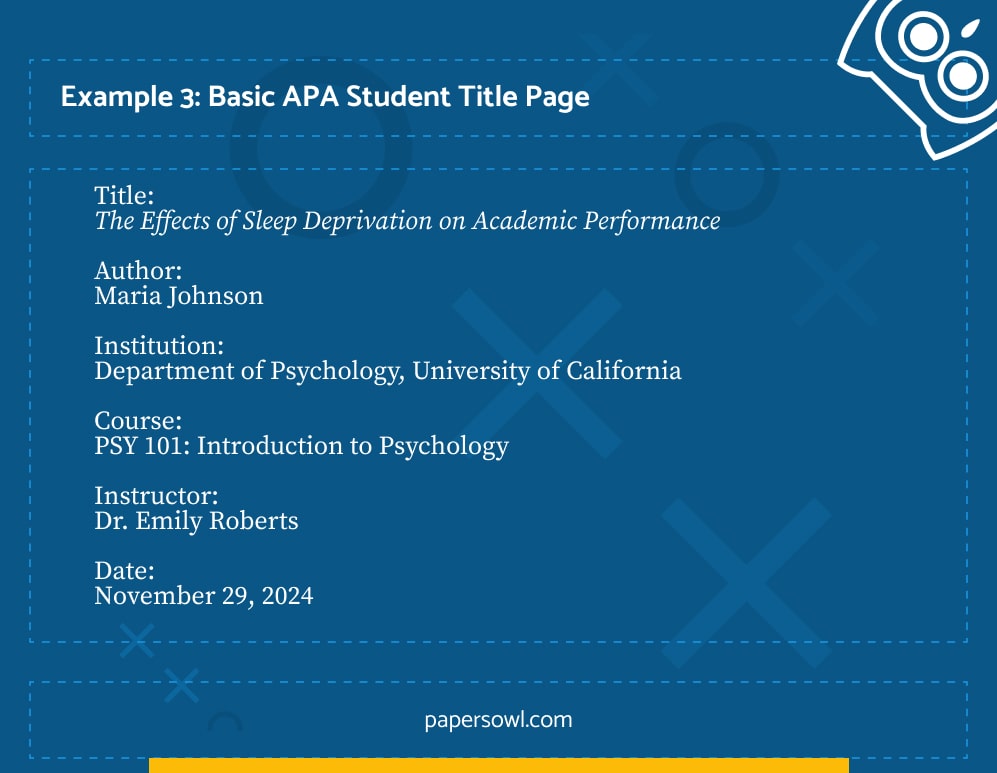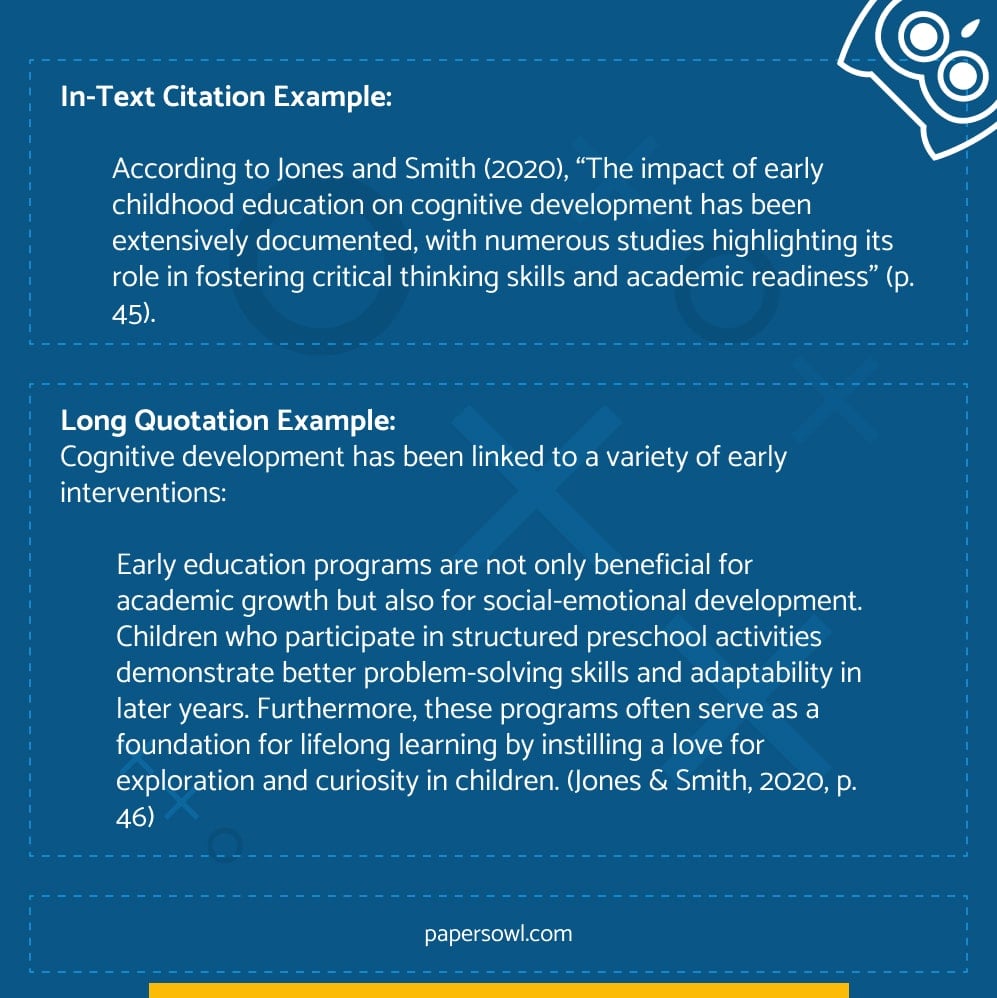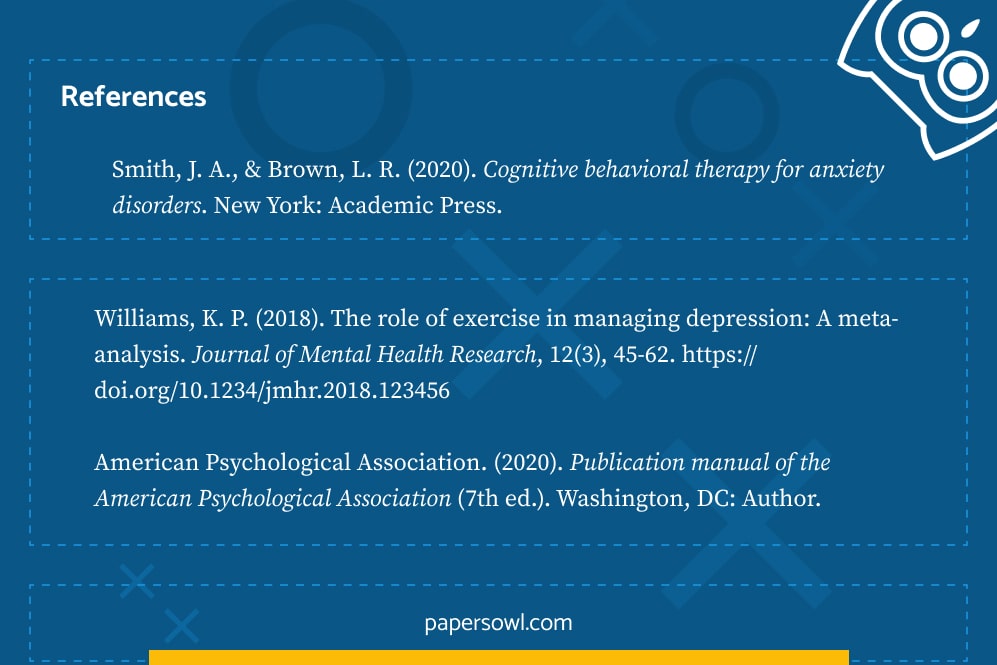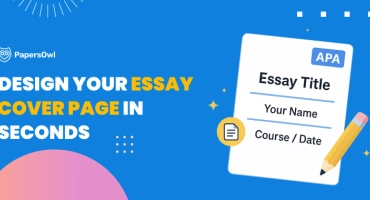APA Assignment Format Made Simple
Table of contents
Adhering to the required format is crucial for clarity and professionalism when crafting academic papers. The APA format is one of the most widely used styles, particularly in social sciences, education, and psychology. This guide will provide a step-by-step breakdown of APA formatting, ensuring your paper meets the necessary standards.
How to Write a Title Page for Professional Papers?
The title page is the first impression of your work and must be precise. An APA title page typically includes the following:
- Title of the Paper. Centered, bold, and in title case.
- Author’s Name. Your full name without titles (e.g., Dr. or Prof.).
- Institutional Affiliation. The university or organization you are representing.
- Course Name and Number. Specify the course.
- Instructor’s Name. Include the instructor’s title if applicable.
- Due Date. Use the full date format (e.g., November 20, 2024).
APA Publication Manual
Consistency in formatting is key to presenting professional work. Here’s how to set up your paper:
- Margins. Use 1-inch margins on all sides.
- Font and Size. Times New Roman, 12-point font is the default, but APA 7th edition allows alternatives like Calibri or Arial.
- Line Spacing. Double-space the entire paper, including the references.
- Page Numbers. Place in the top-right corner of every page.
- Indentation. Use a 0.5-inch indent for new paragraphs.
Whether addressing feminist topics or exploring a Chicago-style paper, these setup guidelines are universally applicable.
APA Paper Sections
An APA paper is divided into three essential sections, each serving a distinct purpose to enhance the paper’s structure and readability:
Abstract
The abstract in an APA style paper is a concise summary of your research, typically 150 to 250 words. It outlines the research problem, methodology, key findings, and conclusions, offering readers a quick overview. Placed on a separate page after the title page, it is formatted as a single unindented paragraph without quotation marks.
A well-written abstract helps readers assess your paper’s relevance, especially compared to published articles in the same field. It provides a standalone summary, making it an essential academic or professional work component.
If you’re struggling with organizing your research, learning how to format an APA outline will help structure your thoughts and ensure your paper follows a logical flow.
Main Body
The main body is the heart of student papers, where you develop your argument or present your findings. It should be organized into clear sections, guided by headings and subheadings. It typically includes an introduction, a detailed discussion of your research or analysis, and a conclusion.
Structuring the main body into logical segments ensures clarity and engagement when discussing intricate topics, such as legal research questions.
References
The reference list is a comprehensive compilation of all the sources cited within student papers. Each entry should adhere strictly to APA formatting rules, providing complete information for books, articles, websites, or other resources. A well-formatted reference list lends credibility to your work and allows readers to explore the sources further.
This is particularly vital when your paper addresses scholarly debates, such as comparisons with Chicago-style papers or other academic formats.
Headings in Professional Papers
APA format uses a structured heading system to improve the readability and organization of both student and professional papers. This system ensures that the flow of the text is logical and easy to follow, particularly for readers navigating complex content like an APA research paper. For a detailed overview, check out our APA headings format explained to understand how each level is used effectively.
The heading structure includes five distinct levels, but the first three are the most commonly used. Each level has unique formatting rules to distinguish it visually and contextually.
- Level 1: Bold, centered, and in title case. Title case means capitalizing only the first word of the title and all major words, while minor words (like “and,” “of,” and “in”) are lowercase unless they are the first word.
- Level 2: Bold, flush left, and in title case.
- Level 3: Bold, italicized, flush left, and in title case.
For instance, a professional paper on feminist studies might structure headings as follows:
- Level 1: Feminist Perspectives.
- Level 2: Historical Context.
- Level 3: Influential Figures.
Always double-check your headings’ alignment, capitalization, and format to ensure they comply with APA style. Properly formatted headings contribute to a polished and professional appearance, a requirement for both student and professional papers.
In addition to headings, APA guidelines emphasize other essential elements for paper presentation. The page header at the top of each page should include the page number on the right and, for professional papers, a shortened version of the title in all capital letters on the left.
Correct Text Formatting in APA Style
Correct text formatting is essential to ensure your content aligns with APA style and maintains a professional appearance. Whether drafting student papers or preparing submissions for academic journals, adhering to these standards demonstrates attention to detail and enhances your work’s credibility. Here are some critical formatting rules to follow:
- Use italics for the titles of books, films, and journal articles, as well as for key terms or phrases being emphasized. Avoid using italics for entire paragraphs or non-academic emphasis, which may distract from the content’s clarity.
- Avoid using bold or underlining unless specifically required, such as for headings or emphasizing significant elements in figures and tables. Overuse of these styles can detract from readability and professionalism.
- Spell out abbreviations the first time they appear in your paper, followed by the acronym in parentheses. For example, write “American Psychological Association (APA)” before using “APA” in subsequent references. This rule ensures clarity, especially for readers unfamiliar with the terms.

When formatting student papers, include a page header on every page. The header typically has a shortened title in all capital letters on the left and the page number aligned to the right. This layout, a hallmark of APA style, helps maintain consistency and makes navigation easier for readers.
Ensuring that your text formatting adheres to these guidelines enhances your work’s credibility and professionalism. These principles are vital whether you’re crafting a Chicago-style paper, discussing academic topics, or exploring broader research questions. Proper formatting reflects your commitment to quality and establishes trust with your audience.
In-Text Citations and Reference Page
APA emphasizes accurate in-text citations and a well-organized reference list, which are crucial for both student papers and a polished professional paper . Proper citation ensures you credit sources appropriately and maintain academic integrity.
In-Text Citations
APA uses the author-date system, which provides readers with immediate context about the source of the information. Here’s how to format in-text citations:
- Single Author: (Smith, 2023);
- Two Authors: (Smith & Johnson, 2023);
- Three or More Authors: (Smith et al., 2023);
- Always include the page number for direct quotes, such as (Smith, 2023, p. 15), or use (Smith et al., 2023, pp. 22–23) for quotes spanning multiple page numbers.

Reference Section in APA Style
The reference list in student and professional papers should be comprehensive, alphabetized, and formatted according to strict APA style rules. Some common examples include:
- Books: Author, A. A. (Year). Title. Publisher.
- Journal Articles: Author, A. A. (Year). Title. Journal Name, Volume (Issue), Pages. DOI.
- Websites: Author, A. A. (Year). Title. Retrieved from URL

For example, an entry for a journal article might look like this: Doe, J. (2023). Understanding APA. Journal of Academic Writing, 12 (3), 45–67. https://doi.org/xxxx
By mastering citation rules, you can seamlessly credit sources while discussing feminist topics, conducting legal research questions, or working on a detailed professional paper. Accurate references enhance credibility and provide a clear roadmap for readers to trace your research.
Tables and Figures
Visual elements enhance your paper’s presentation and comprehension. APA requires:
- Table Titles. Place above the table in bold, e.g., Table 1: Gender Representation in Media.
- Figure Titles. Below the figure in italics, e.g., Figure 1: Statistical Trends.
- Consistent Numbering. Label tables and figures sequentially.
| Topic | Number of Articles | Citation Count |
| Feminist Topics | 12 | 150 |
| Legal Research | 8 | 80 |
| Assignment Writing | 10 | 100 |
This format is ideal for summarizing data from legal research questions or analyzing trends in Chicago-style professional papers.
Designing Appendices
Appendices provide additional details without disrupting the flow of your main text. Each appendix should:
- Start on a new page.
- Be labeled alphabetically (e.g., Appendix A, Appendix B).
- Include a brief title, such as Appendix A: Survey Questions.
Final Review for APA Paper Format
Before submission, ensure:
- The paper’s title includes all required elements.
- The abstract is concise and informative.
- Paper sections and headings are correctly formatted.
- Citations are consistent and accurate.
- Visual aids (tables and figures) are properly labeled.
- References follow APA guidelines.
Brief Summary
Understanding and applying the APA format is essential for academic success. Mastering the title page, general setup, headings, and citations will allow you to present well-organized and credible research confidently.
Whether you focus on feminist topics, answer legal research questions, or even transition to a Chicago-style paper, these principles will serve as your foundation for effective academic writing.







